Do you love Italian cuisine? Its soul beats to the rhythm of pasta — simple, elegant, and full of stories. Today, Casa Bandera opens the doors of our Famiglia to explore the shapes, sauces, and traditions that make the Dolce Vita come alive at the table.

“Every evening when I pull out the pasta, it turns into a little sacred ritual. Recipes passed down from Nonna, shared with love with Mae… and our little Rose, impatiently chanting, ‘Pasta! Pasta!’ if the prep takes a bit too long.
Between bursts of laughter and the smell of sauce simmering, every dish becomes a family celebration.”
— Casa Bandera, from our Famiglia to yours
Table of Contents
Discover the diverse world of Italian pasta: from simple to gourmet recipes
Each shape has its texture, its story, and its role in our culinary traditions. At Casa Bandera, we guide you through the richness of Italian gastronomy: origins, uses, iconic dishes, and little family heritage anecdotes.
From famous shapes to the more hidden gems, you’ll understand why a perfect dish is the ultimate harmony between pasta, sauce, and Nonna’s touch. Ready to serve the Dolce Vita with flair?
1. Spaghetti: the global icon
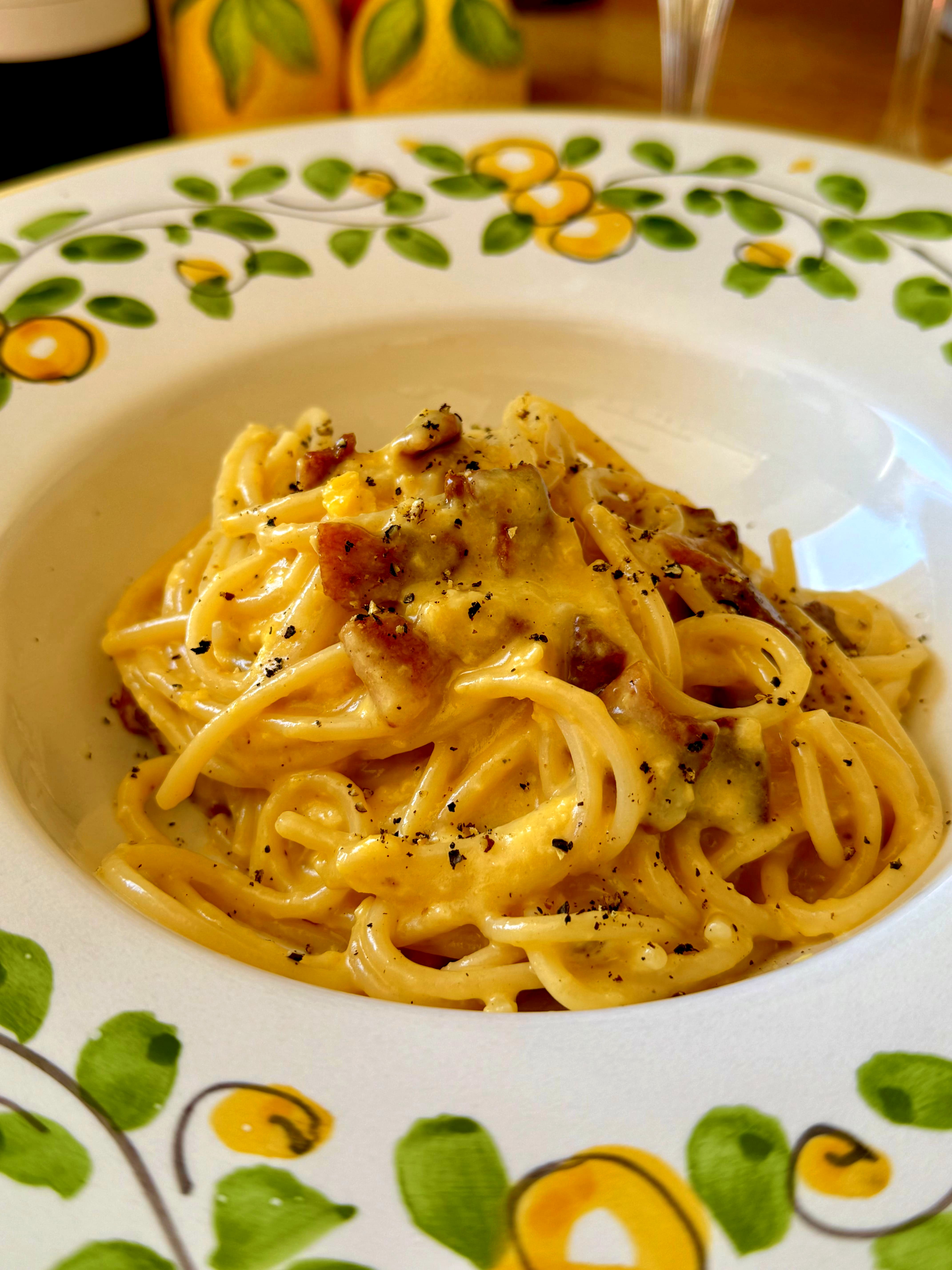
Spaghetti are global superstars. Long, thin, born under the southern sun (Naples at heart), they love bold sauces: from garlic-oil-chili to slow-simmered ragù. Durum wheat semolina + water: the base, the truth.
Some traditional Italian pasta recipes:
- Spaghetti alla carbonara: eggs, pecorino romano, guanciale, black pepper. Creaminess without cream — Italian class.
Also read: Our True Italian Carbonara Recipe
- Spaghetti alle vongole: clams, garlic, olive oil, parsley — the sea on your plate.
- Spaghetti Aglio, Olio e Peperoncino: garlic, olive oil, and chili. Simple and effective.
Also read: Our Aglio, Olio, Peperoncino Pasta Recipe
2. Fusilli: spirals of pleasure
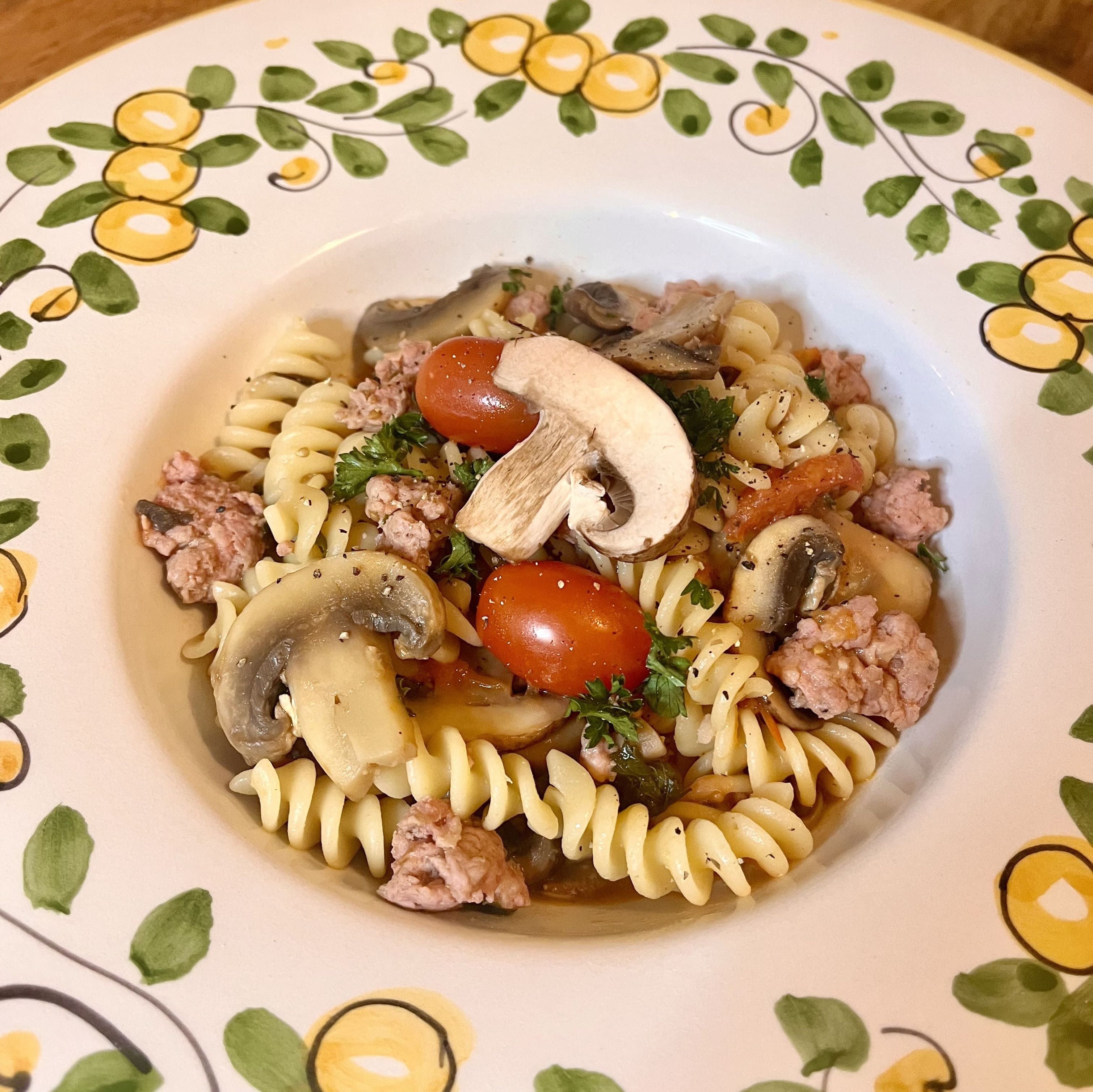
Fusilli means movement. These spirals hold the sauce in every twist. Southern origin, name from fuso (the spindle) — a nod to the twisting gesture passed down by our grandmothers.
Some traditional Italian pasta recipes:
- Fusilli with Genovese green pesto: basil, garlic, pine nuts, parmesan, olive oil — a bright classic.
- Fusilli with mushrooms and sausage: tomato richness, earthy aroma, meaty character.
Also read: Our Fusilli with Mushrooms and Sausage Recipe
3. Penne: versatile tubes
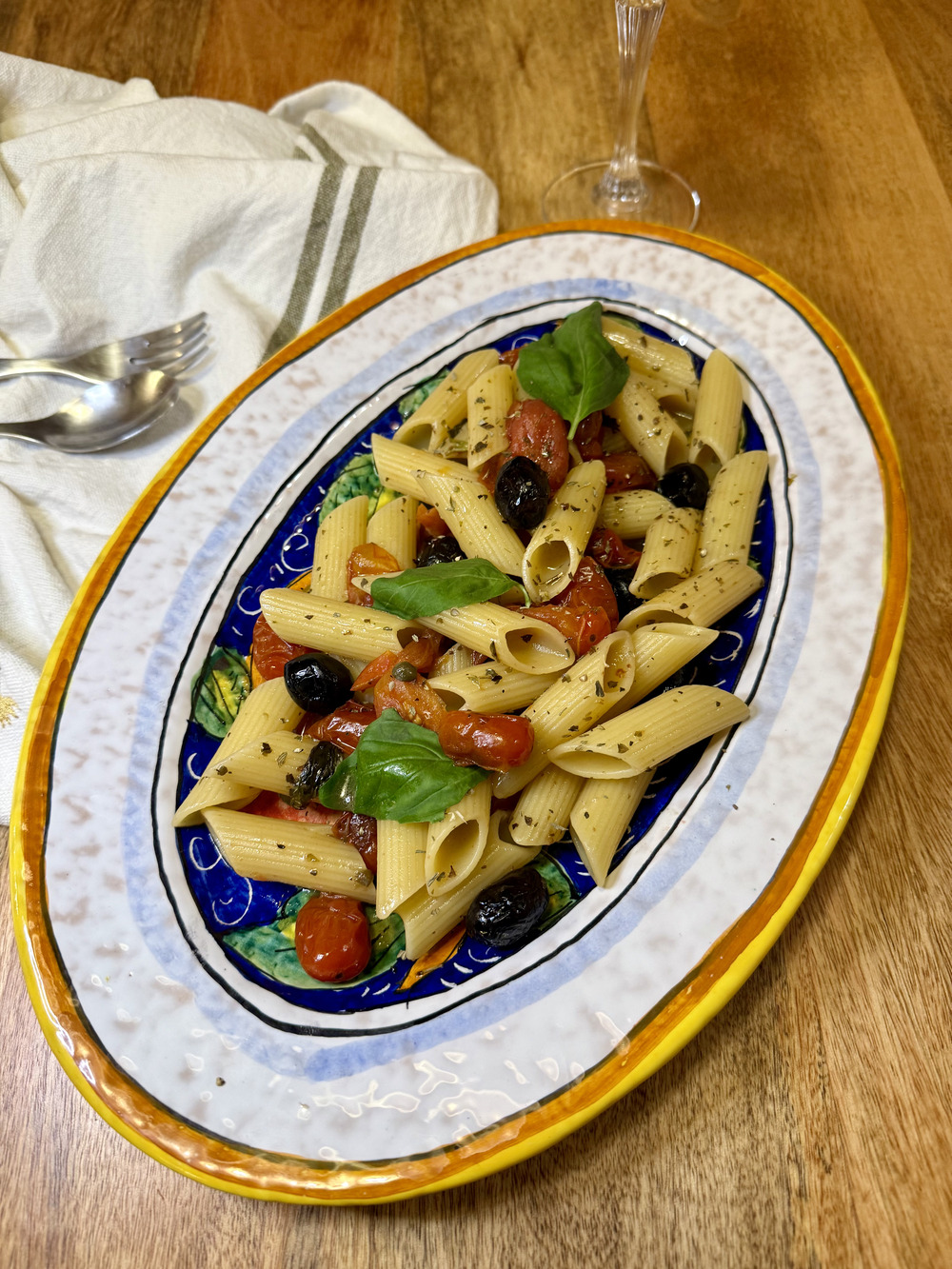
Penne are angled tubes, true chameleons. Smooth or penne rigate, they cling to both light sauces and hearty ragù. A Famiglia essential.
Some traditional Italian pasta recipes:
- Penne all’arrabbiata: tomato, garlic, chili — just the right kick, instant pleasure.
- Baked penne (gratin): oven-baked delight, often mixed with meat or vegetables.
4. Tagliatelle: flat ribbons from Emilia-Romagna
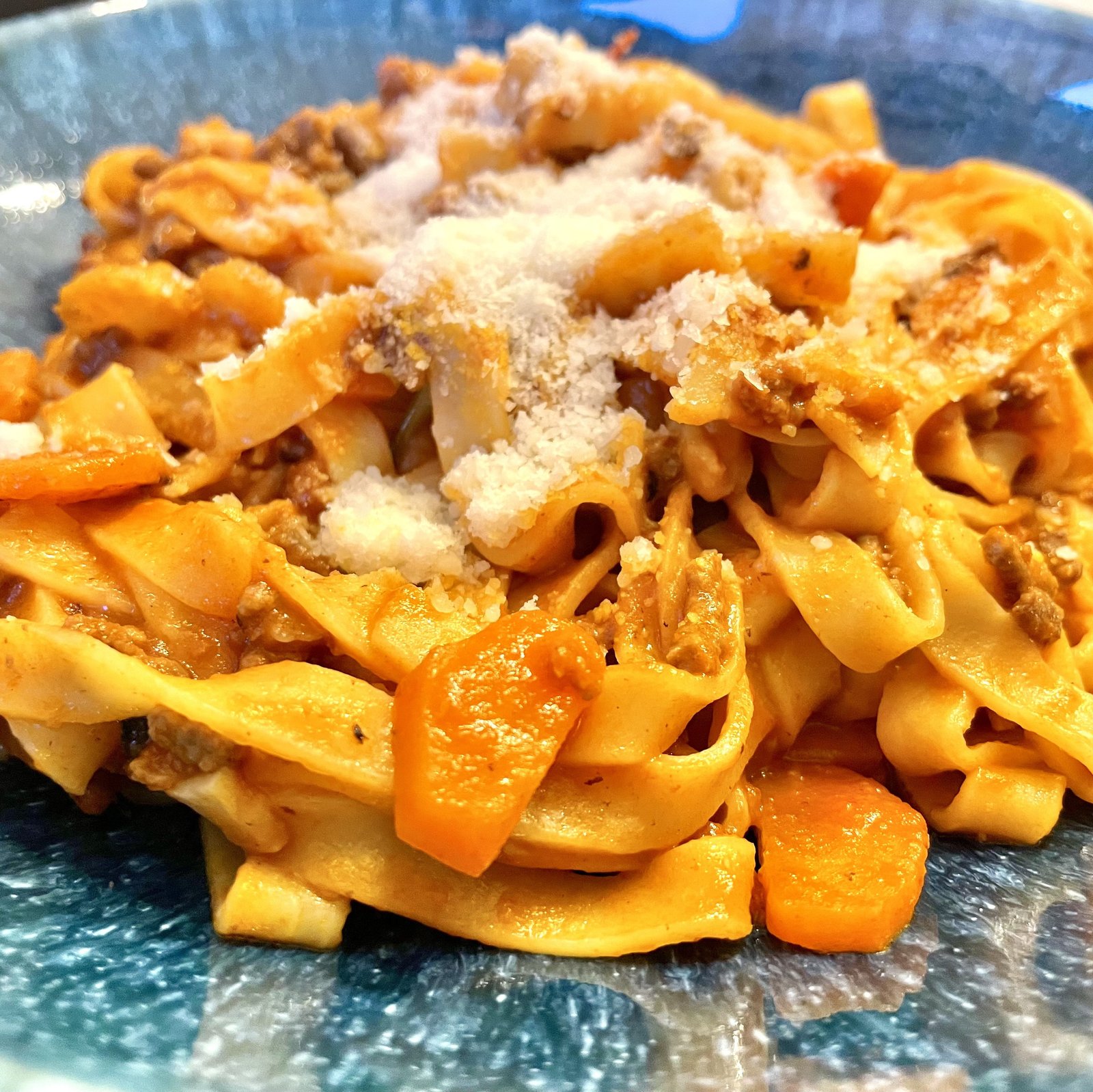
Tagliatelle: ribbons that love rich sauces. Born in Emilia-Romagna, they offer a wide surface to coat every bite. Nonna says: “The sauce must embrace the pasta, not drown it.”
Some traditional dishes:
- Tagliatelle al ragù Bolognese (the “real spaghetti Bolognese”): slow, silky meat sauce.
Also read: Our Tagliatelle al Ragù Bolognese Recipe
- Tagliatelle with porcini mushrooms: earthy aroma, seasonal creaminess.
5. Farfalle: playful bow-ties
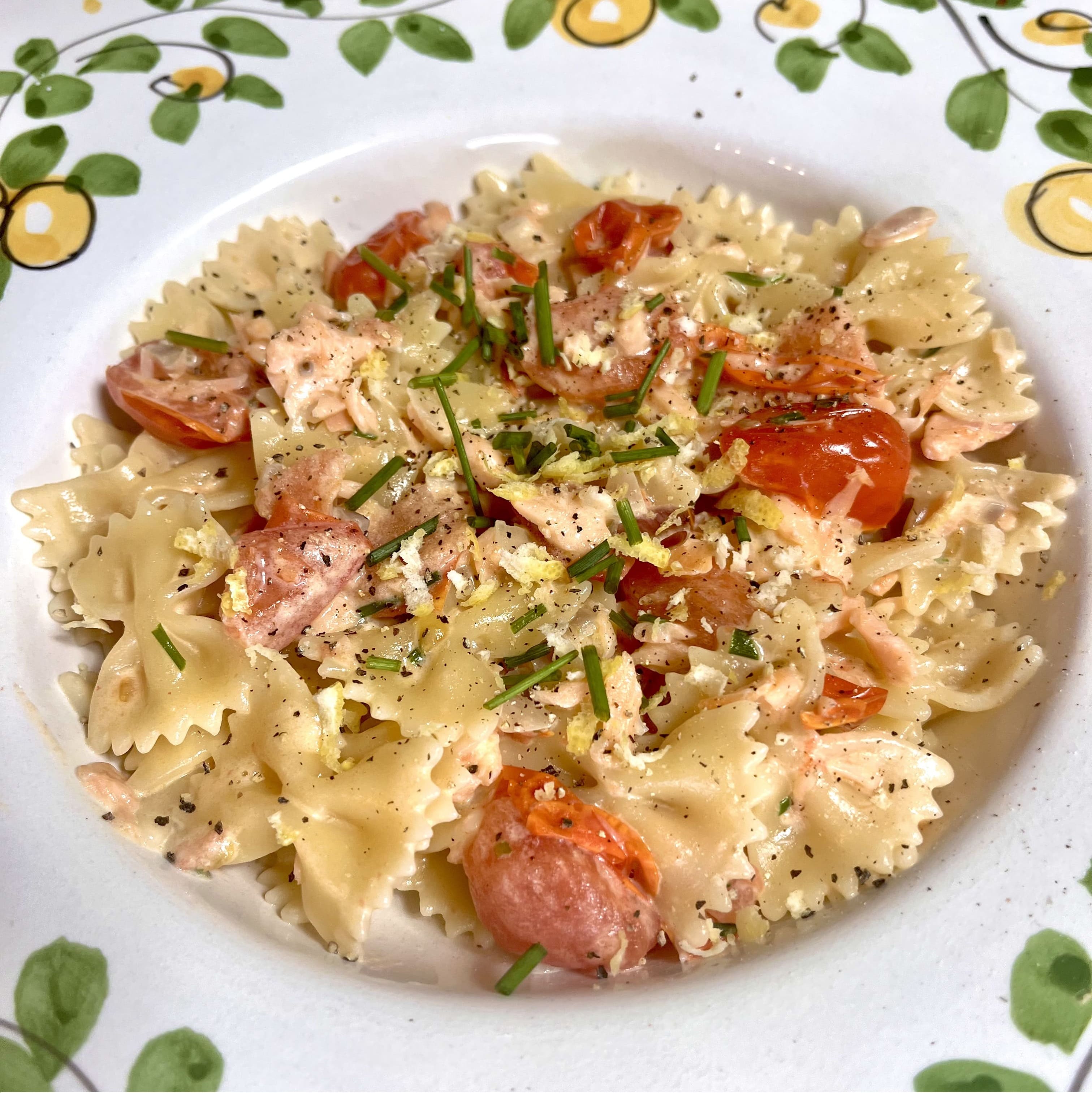
Farfalle means “butterflies.” Pinched centers, ridged edges: pretty and practical. Hot or in salads, they hold up with elegance.
Some common traditional Italian pasta recipes:
- Farfalle alla vodka: tomato, splash of vodka, and cream — retro chic.
Also read: Our Farfalle with Salmon and Vodka Recipe
6. Linguine: a delicate spaghetti alternative
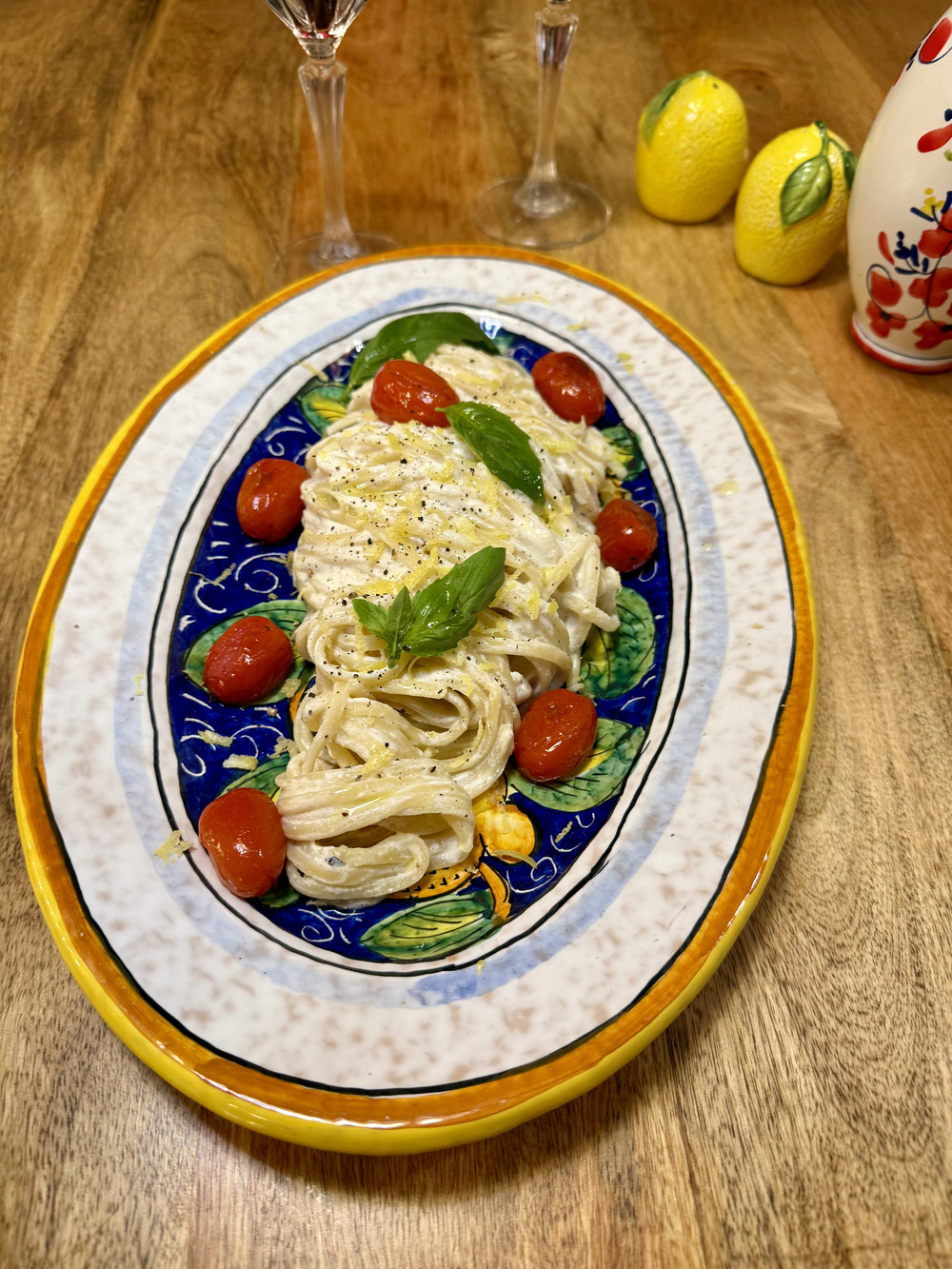
Linguine = “little tongues.” Long, slightly flat, they shine in Liguria. Perfect with seafood and pesto — finesse and hold, a winning combo.
Some traditional dishes:
- Linguine alle vongole: clams, garlic, white wine, parsley — briny and elegant.
- Linguine al pesto genovese: basil from Genoa, mortar or blender… always with love.
7. Orecchiette: little ears from Puglia
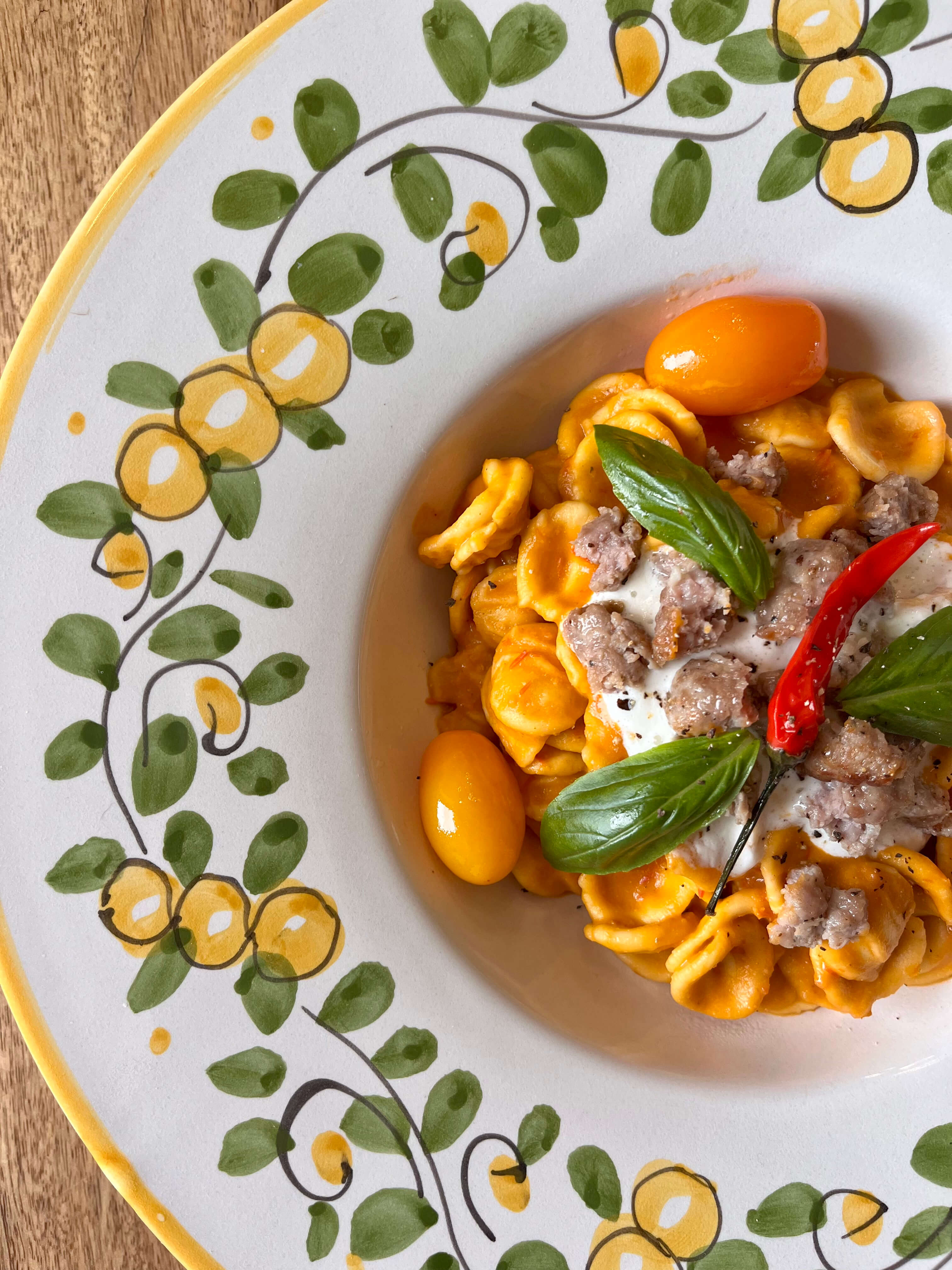
Orecchiette, “little ears” from Puglia. Their hollow center holds sauces and veggies. Dense texture, joyful chew — Nonna approves.
Some traditional Italian pasta recipes:
- Orecchiette alle cime di rapa: broccoli rabe, garlic, anchovies, chili — bold southern flavor.
- Orecchiette alla barese: simple tomato sauce, often with pork or sausage.
8. Trofie: Ligurian twists
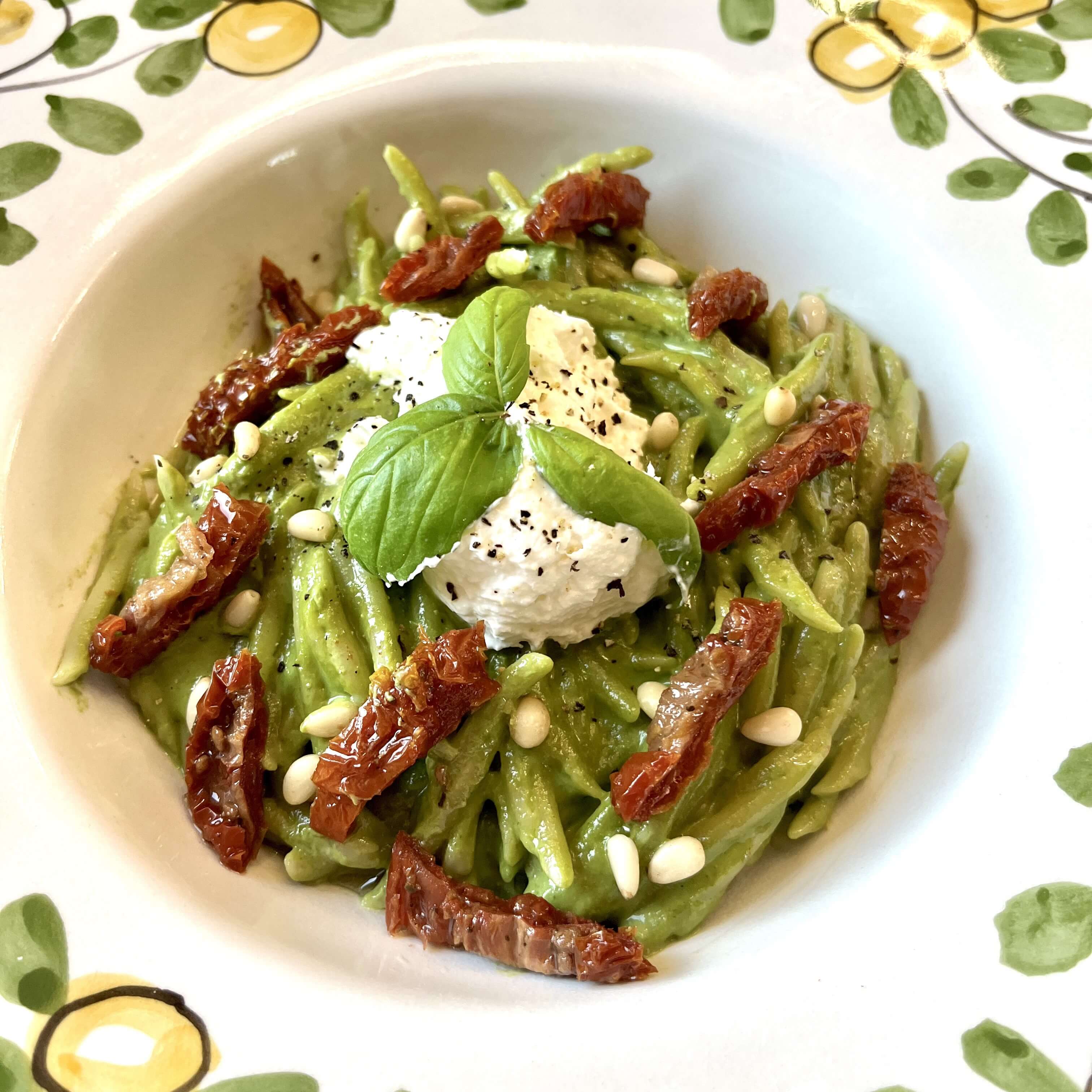
Trofie: small twists born in Liguria. Their grooves hold pesto like a family secret — a generous sprinkle of heritage.
Some traditional Italian pasta:
- Trofie al pesto verde genovese: basil, parmesan, pine nuts, olive oil — a classic that never fails.
Also read: Our Trofie with Genovese Green Pesto Recipe

Our Mouthwatering Pasta Recipes!
Discover secret Italian recipes to create delicious and unforgettable dishes. Quick, easy, and tasty: your dinner will get applause from everyone!
Discover our pasta recipes that will impress9. Ravioli: Little Pillows of Joy

Ah, the ravioli! These stuffed pillows bring a moment of happiness with every bite. Whether filled with ricotta, spinach, meat, or seafood, they are best served with a simple sauce to let the filling shine.
When I make ravioli for my family, I always make sure to seal the edges perfectly. Each little pillow has to keep its precious filling inside, so every bite is a true moment of joy.
Some traditional Italian pasta recipes:
- Ricotta-Spinach Ravioli: butter and sage sauce, Tuscan sweetness.
- Meat & Tomato Ravioli: hearty, perfect for the Famiglia.
10. Lasagna: Layered Delight
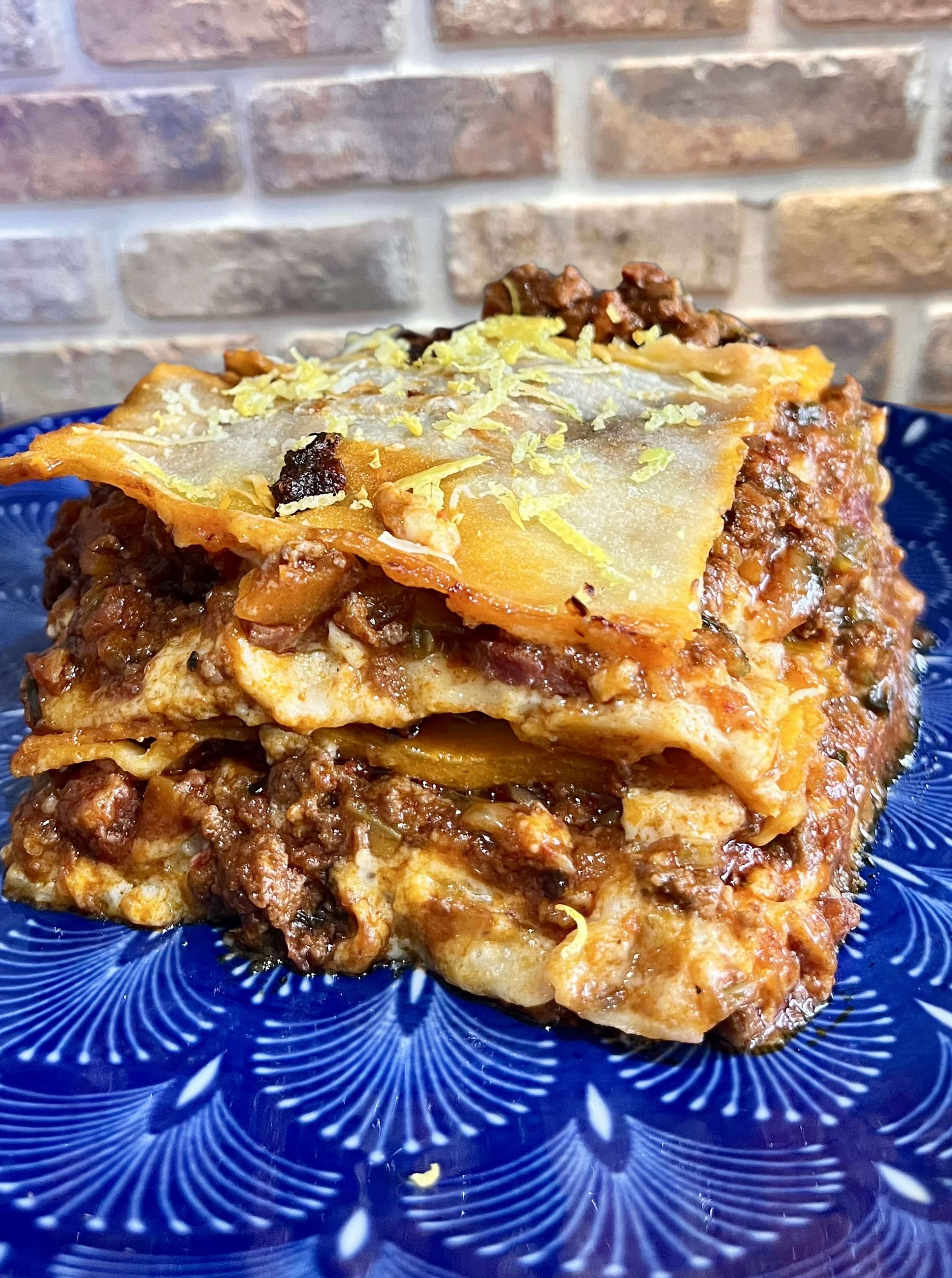
Lasagna embodies Italian generosity: wide sheets, layers of ragù, béchamel, and melted cheese. Every bite tells a story of sharing and conviviality.
In our home, Sundays are sacred for lasagna. I prepare the ragù the night before and let it rest overnight: the next day, every layer reveals an incredible depth of flavor that my family loves.
Some traditional dishes:
- Bolognese Lasagna (Ragù): ragù, béchamel, and melted parmesan.
- Spinach Lasagna: creamy and comforting, vegetarian version.
11. Gnocchi: Potato Pillows
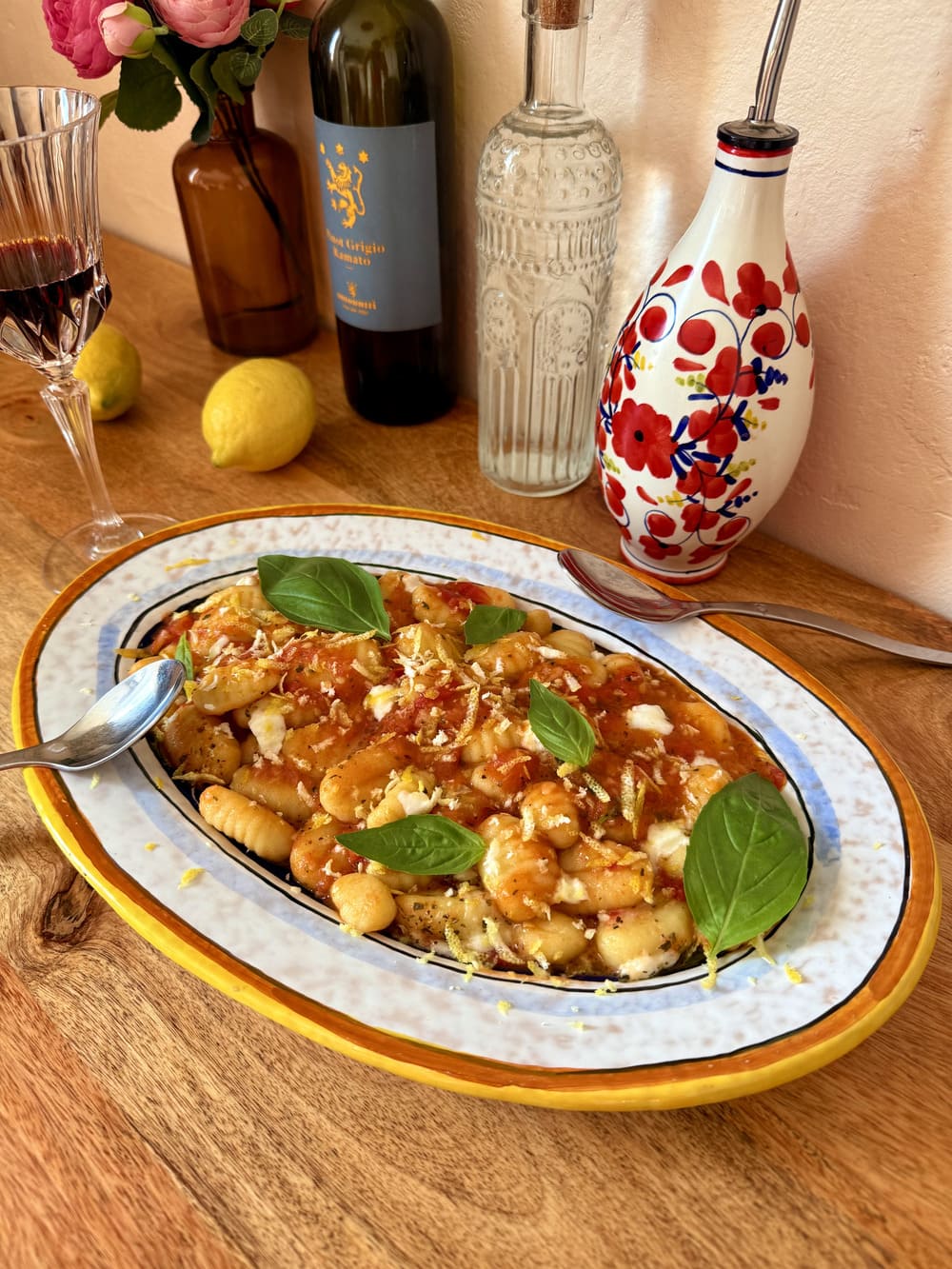
Gnocchi are soft little dumplings made of potatoes, flour, and eggs, often considered pasta. They pair beautifully with tomato sauces, creams, or browned butter.
I love making homemade gnocchi with my family. The perfect texture comes from carefully rolling each little dumpling, and the joy is even greater when we all enjoy them together.
Some authentic Italian recipes:
- Gnocchi alla Sorrentina: baked with mozzarella, tomato sauce, and basil.
- Gnocchi with Gorgonzola: creamy and rich cheese flavor.
12. Pappardelle: Generous Ribbons
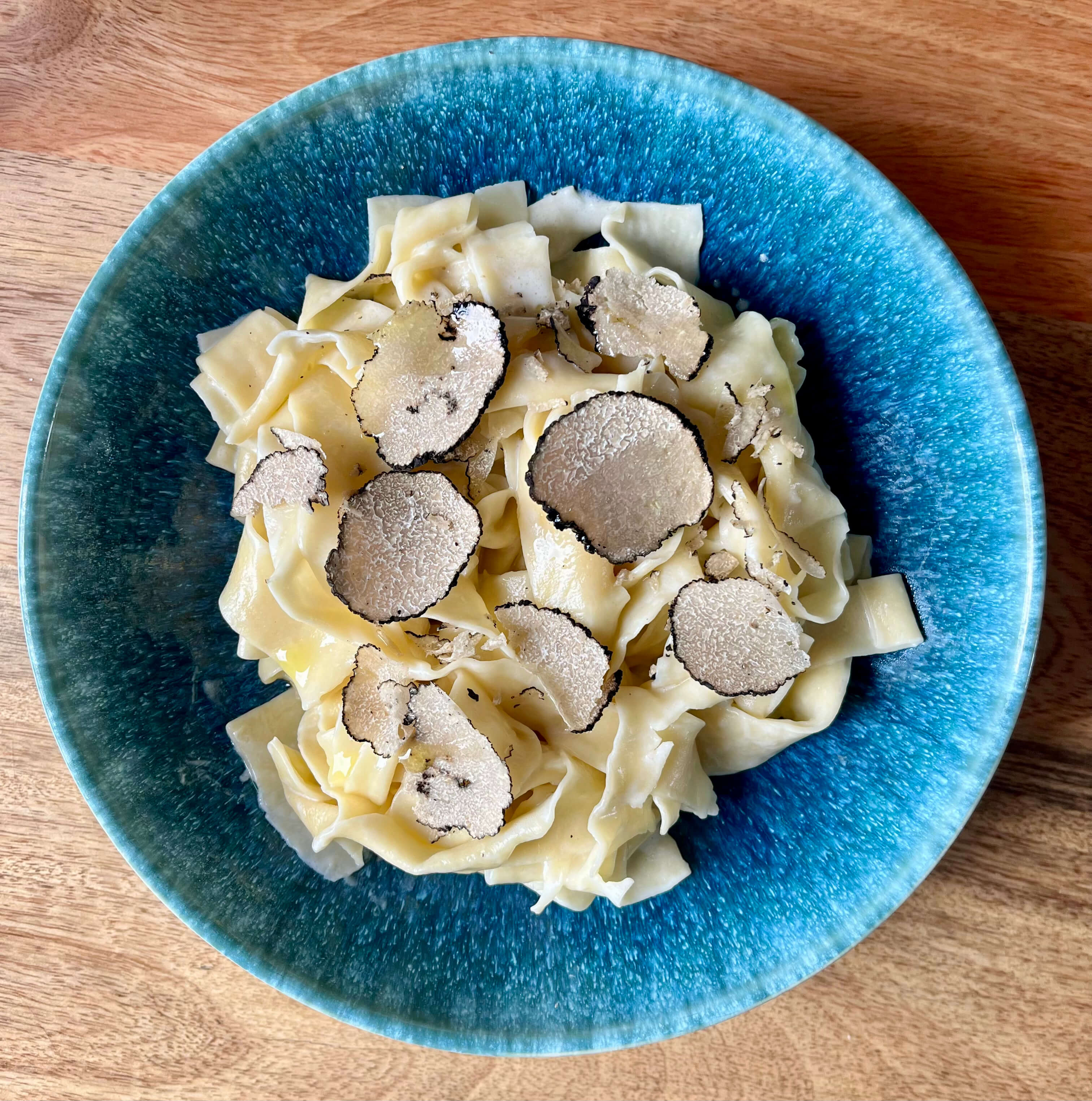
Pappardelle are wide pasta ribbons ideal for rich, hearty sauces. They delight lovers of meat and game sauces, especially in Tuscany.
During a trip to Tuscany, I learned how pappardelle pairs perfectly with rich sauces. Since then, I recreate this at home: letting the sauce simmer slowly so it fully infuses the pasta.
Authentic Italian recipes:
- Pappardelle with Wild Boar Ragù: rustic flavor and intense aroma.
- Pappardelle with Porcini Mushrooms: creamy or tomato-based, a journey through Italian forests.
13. Cannelloni: Delicious Stuffed Tubes
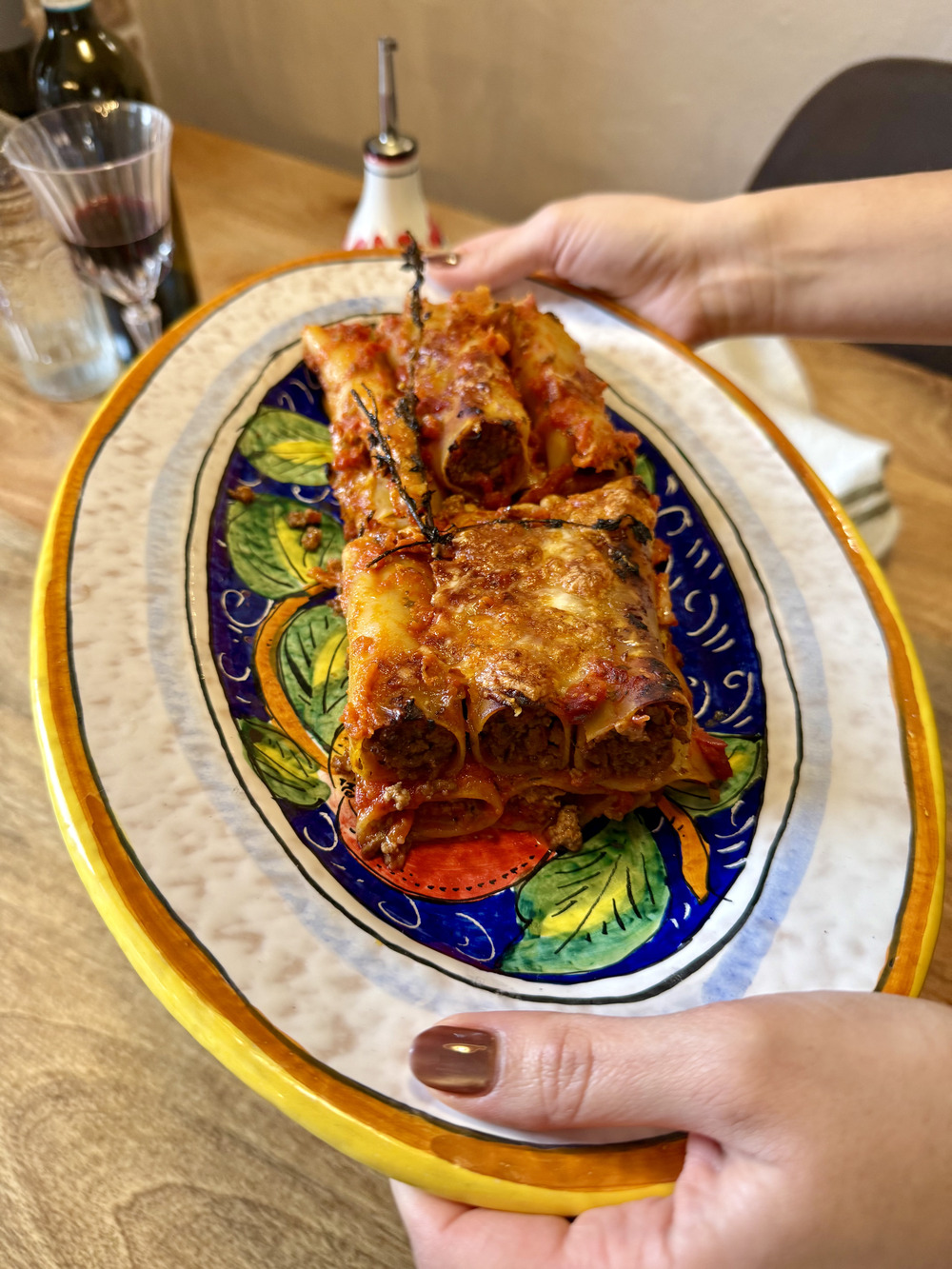
Cannelloni: stuffed tubes baked in the oven. Fillings vary: meat, ricotta-spinach, or seafood — every bite is pure pleasure.
For cannelloni, I always use fresh ricotta. My family loves the creamy softness it adds, and every bite becomes a real moment of shared delight.
Some traditional dishes:
- Florentine Cannelloni: ricotta-spinach, béchamel, tomato sauce.
- Meat Cannelloni: ground meat with generous tomato sauce.
14. Bucatini: Hollow Spaghetti
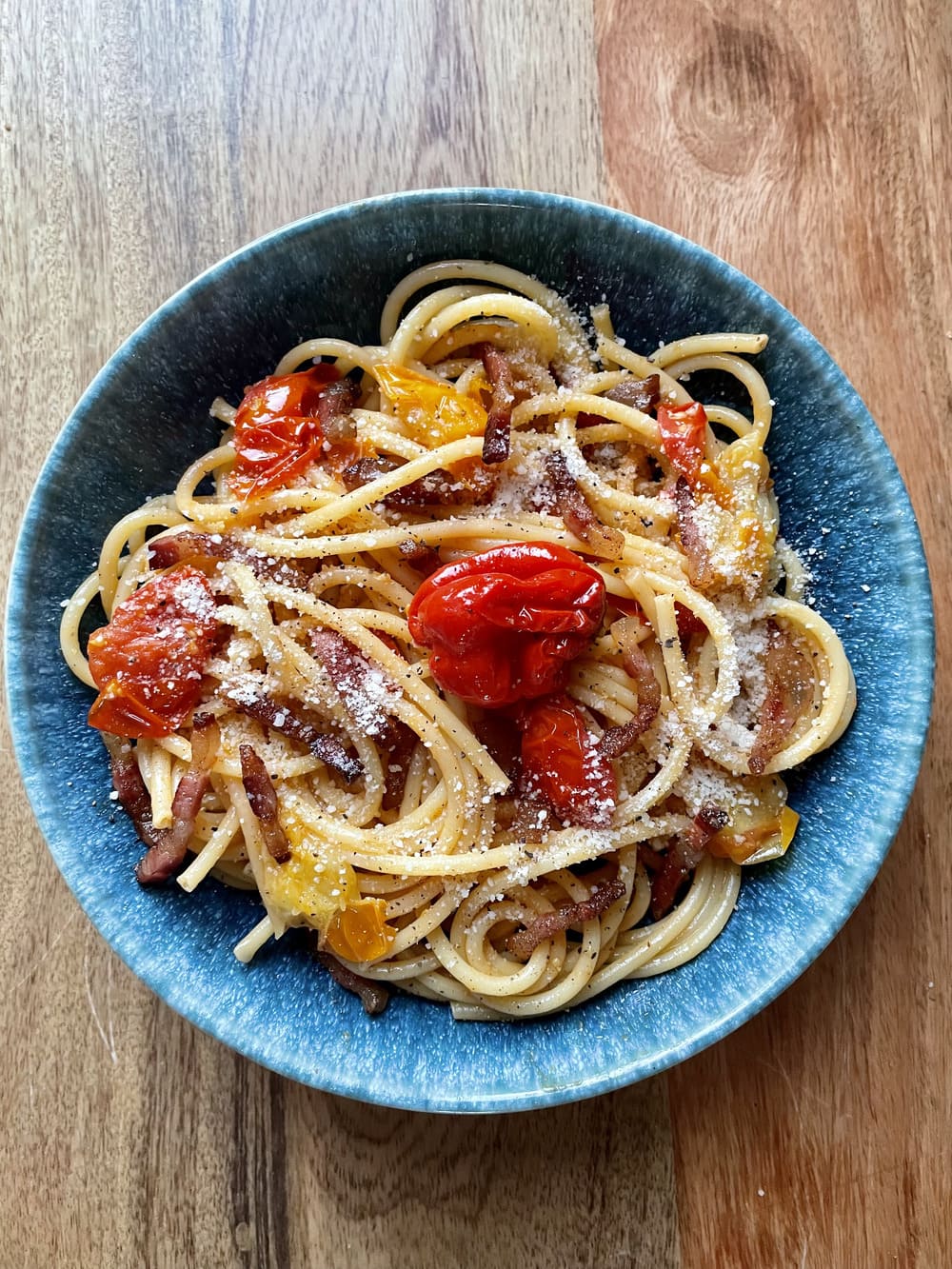
Bucatini: long, thick spaghetti with a hollow center. Sauce fills the inside and outside — flavor explosion guaranteed.
Some traditional recipes:
- Bucatini all'Amatriciana: tomatoes, guanciale, pecorino, chili.
- Bucatini Carbonara: classic revisited, hollow center for perfect sauce.
15. Capellini: Fine Pasta Strands
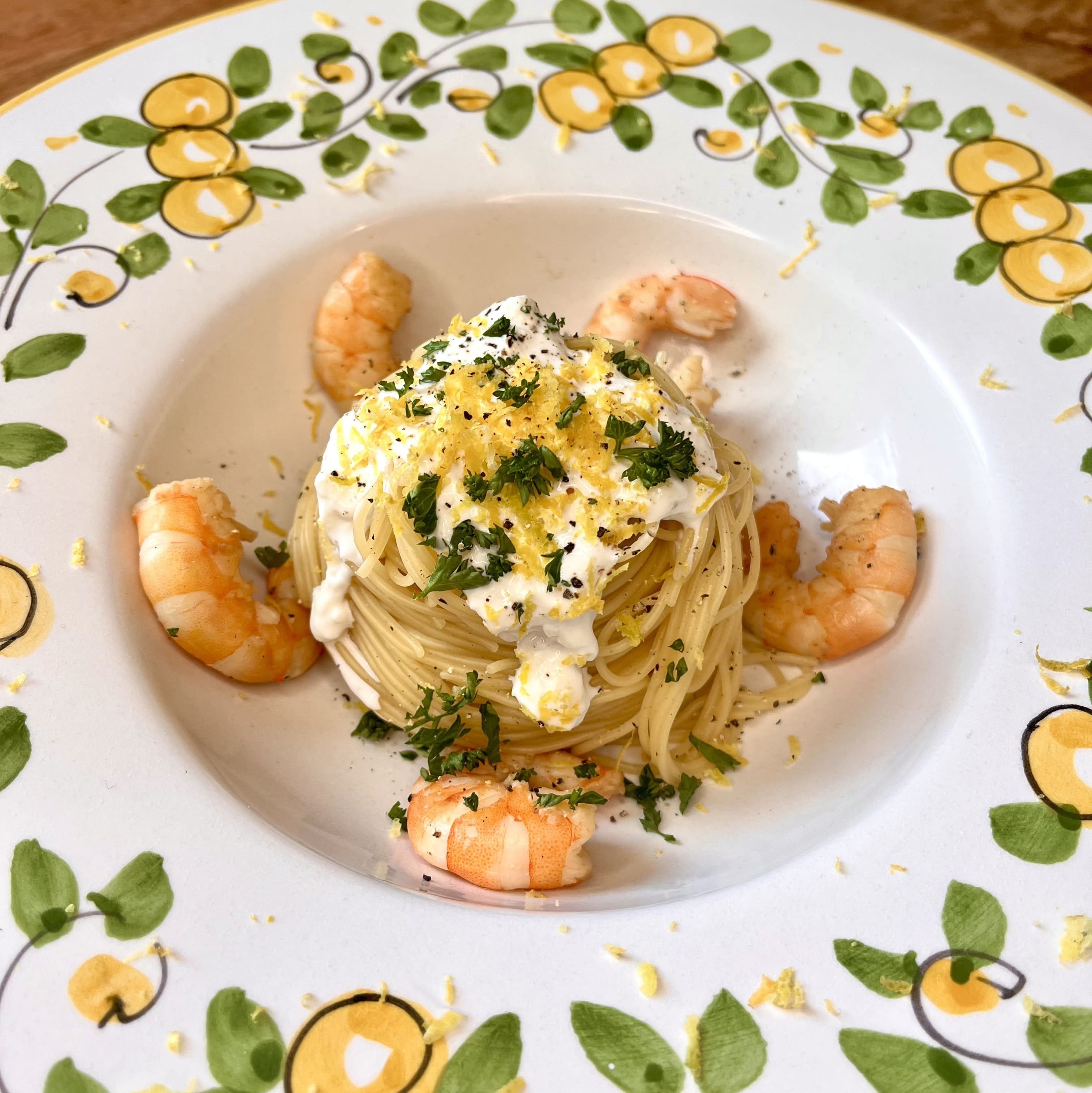
Capellini, angel hair pasta, ultra-thin and delicate, cooks quickly and pairs wonderfully with light sauces or subtle broths.
With capellini, I make sure not to overcook the pasta. The fine, delicate texture stays perfect, and my family enjoys every single plate.
Some traditional dishes:
- Capellini with Lemon: lemon, olive oil, parsley — guaranteed freshness.
- Capellini with Seafood: light tomato sauce, straight from the sea.
Also read: Our Shrimp & Lemon Pasta Recipe
16. Fettuccine: Flat Pasta from Lazio
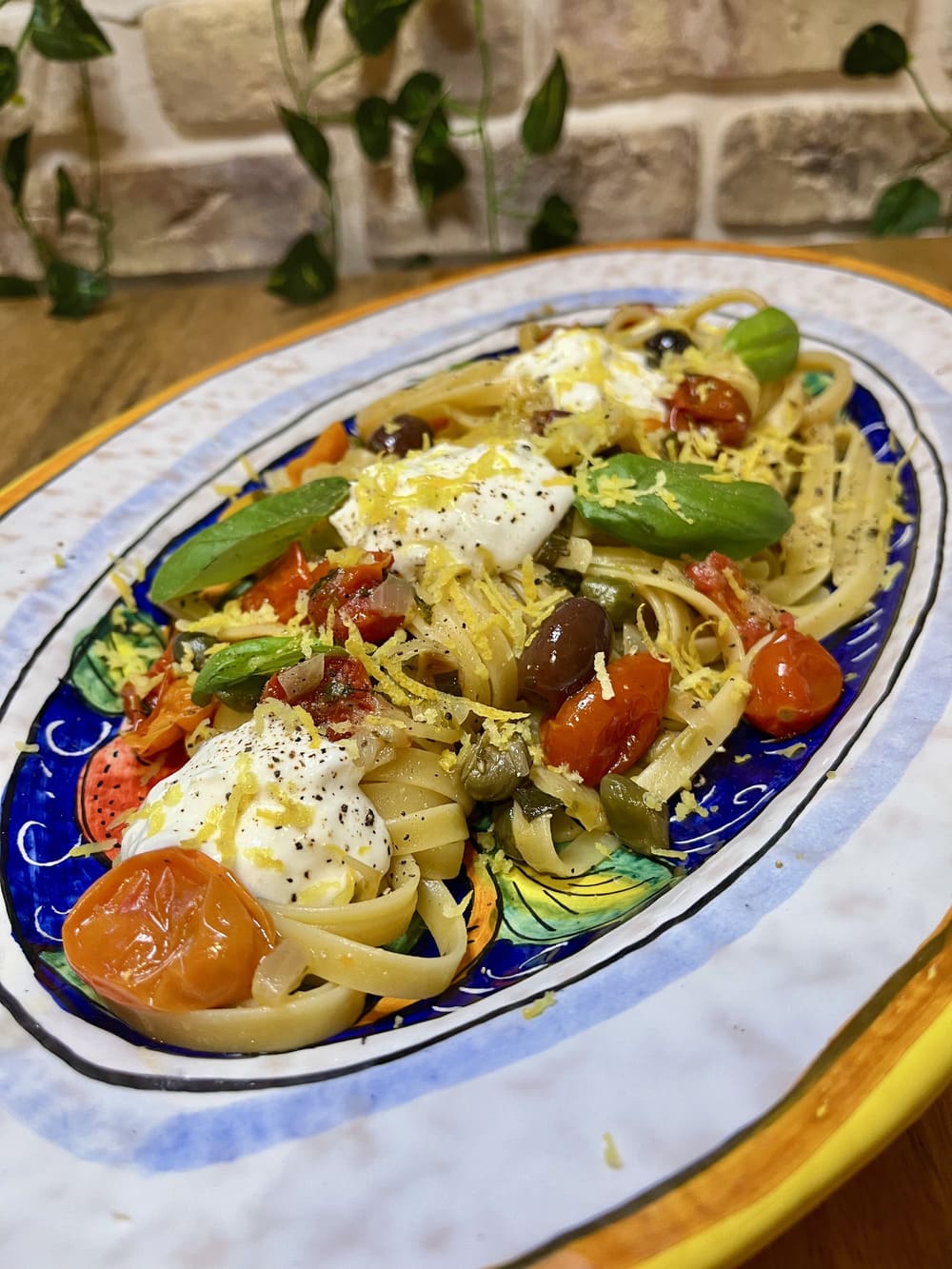
Fettuccine: flat, thick noodles, similar to tagliatelle, Rome’s stars.
Some traditional dishes:
- Fettuccine Alfredo: butter + parmesan, refined simplicity.
- Fettuccine with Mushrooms: garlic, parsley, mushrooms — Roman finesse.
17. Rigatoni: Ridged Tubes
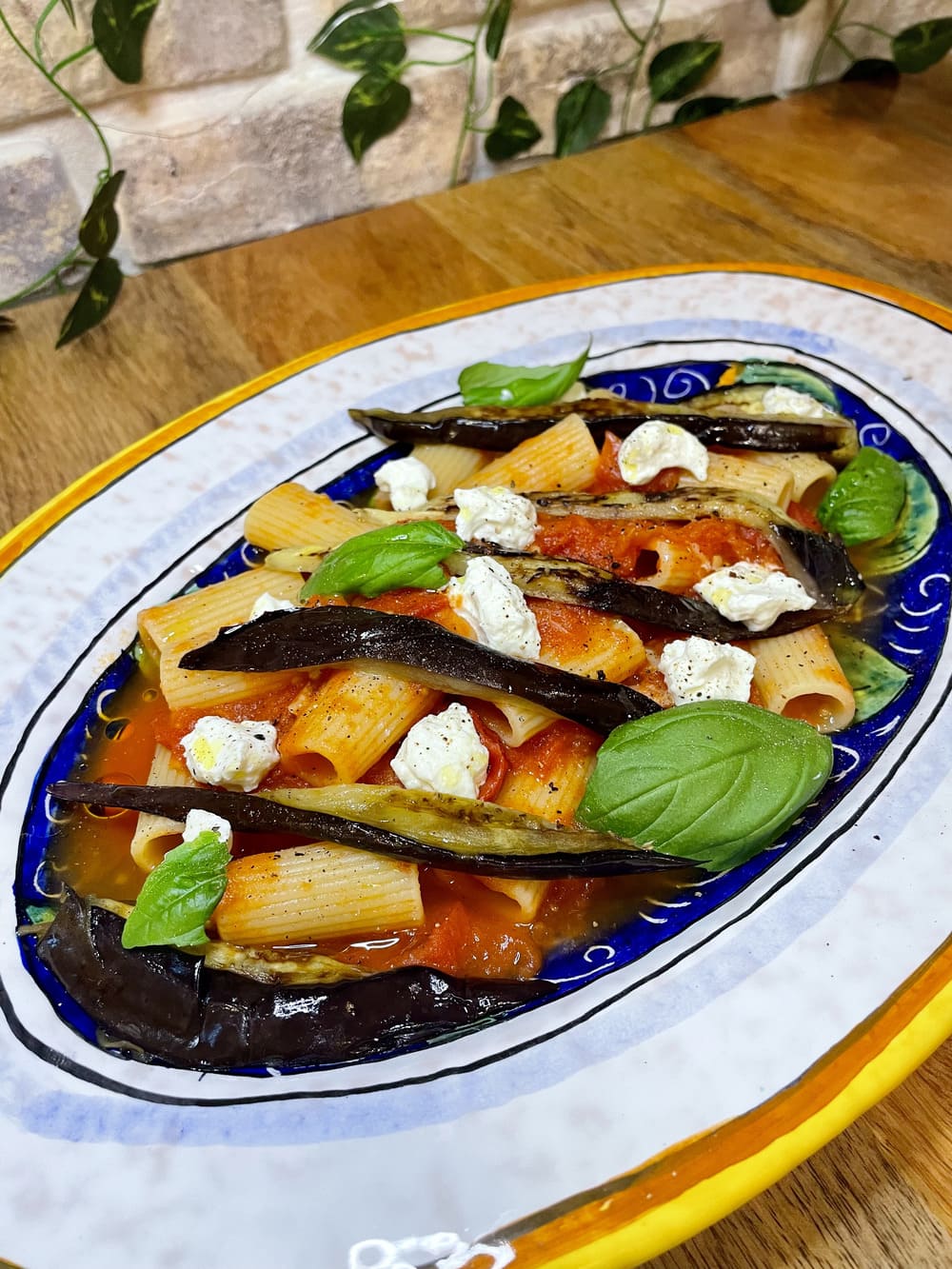
Rigatoni are wide, ridged tubes, perfect for generous sauces: the grooves hold every drop of ragù or cream.
For Rigatoni alla Norma, I grill the eggplants before adding them to the sauce. My family loves this little touch, which makes the dish authentic and flavorful.
Some traditional recipes:
- Rigatoni alla Norma: eggplants, tomatoes, ricotta salata, basil — Sicilian flavors at home.
- Baked Rigatoni: gratiné with cheese, meat, or vegetables.
Conclusion: The Endless World of Italian Pasta
Italian pasta reflects the richness and diversity of every region. Each shape and texture has a role to elevate sauces and ingredients. From classic spaghetti to secret orecchiette, every bite tells a story, making Italian cuisine endlessly fascinating.
Whether you are an amateur cook or passionate explorer, knowing the secrets of pasta lets you turn a simple meal into a memorable moment. Learn to choose fresh ingredients, respect cooking times, and perfectly pair sauces with shapes.
Try new fillings or revisit classics: each attempt brings you closer to mastering Italian tradition. Next time you prepare an Italian pasta recipe, savor the history, craftsmanship, and authenticity of this culinary treasure with flair.
 EN
EN  ES
ES  DE
DE  IT
IT  FR
FR 

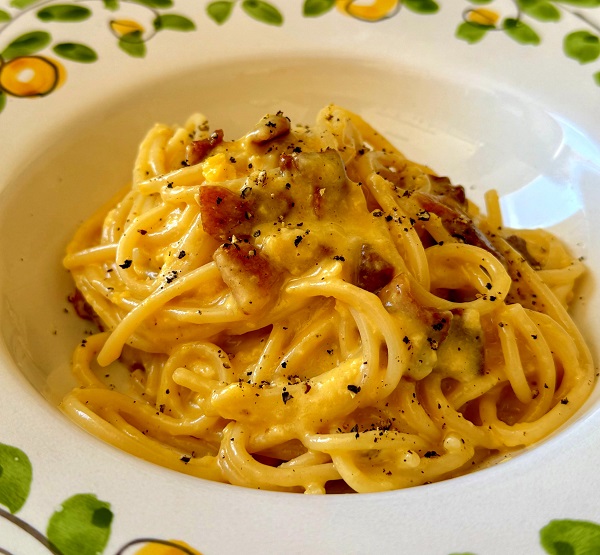

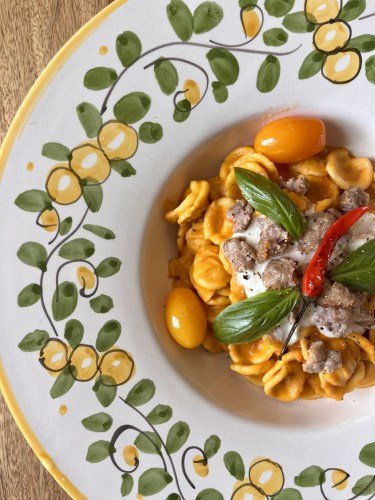
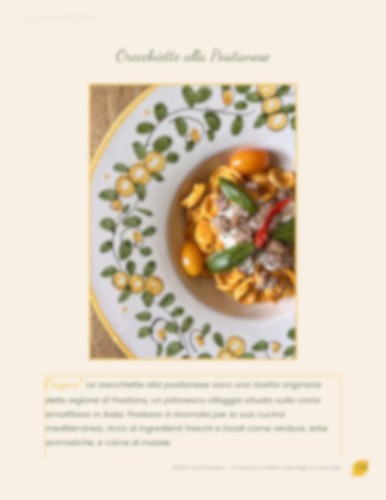
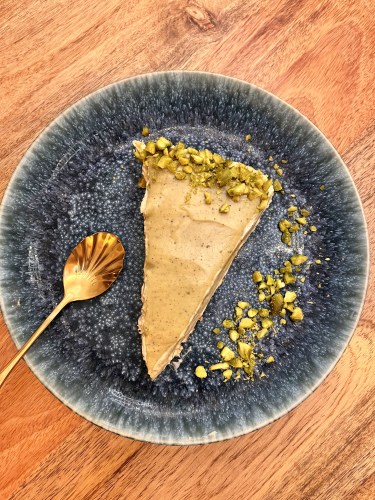
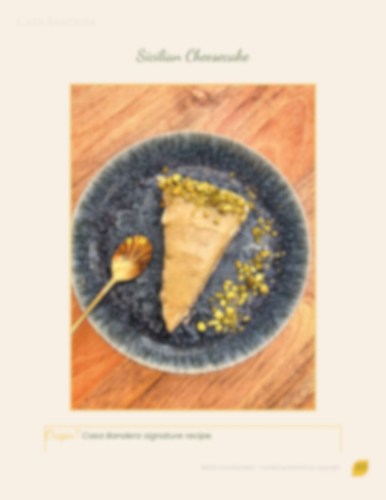
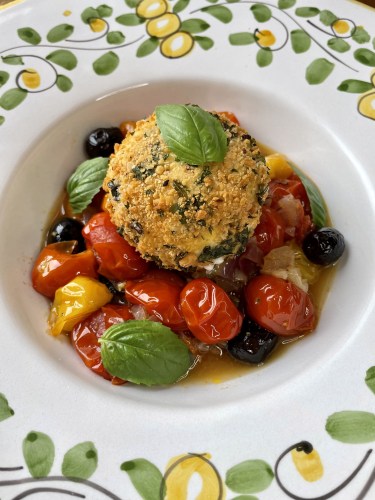
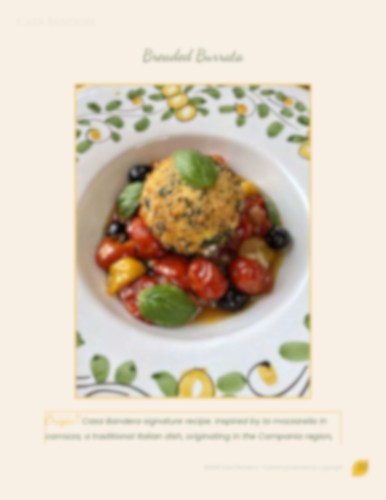
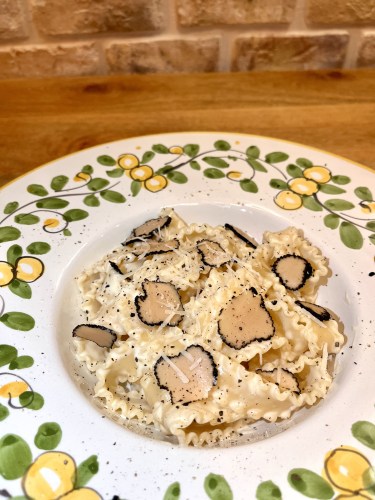
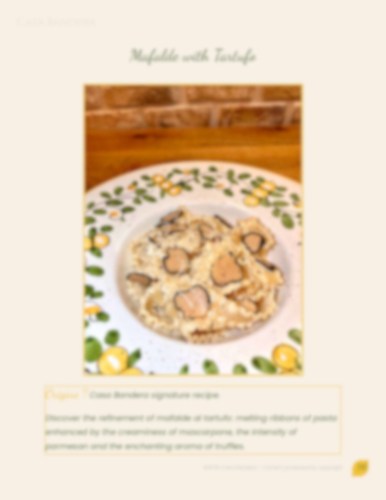
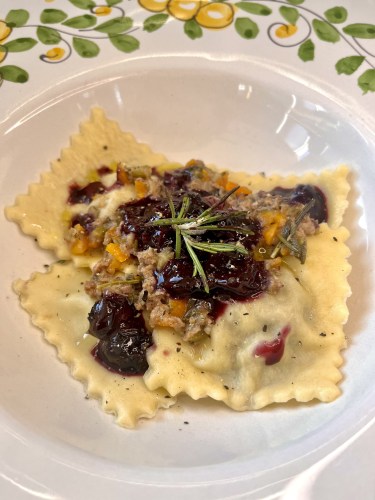
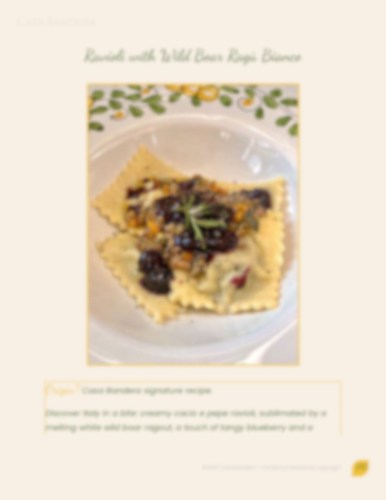




Let’s talk cucina together!